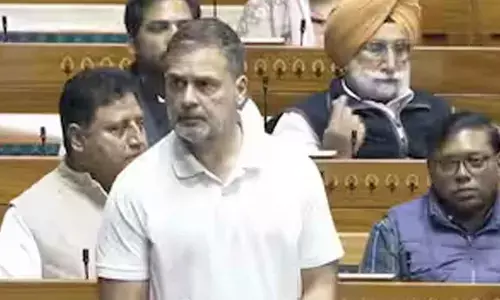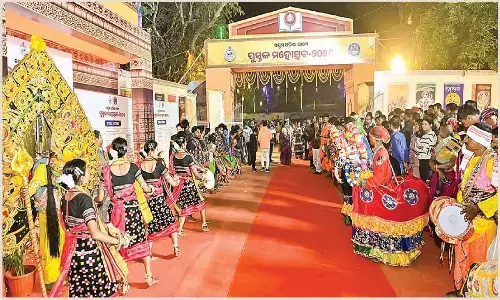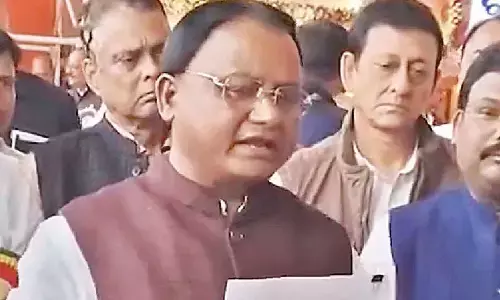Indian cities not prepared for disasters, say urban planners

Dozens of experts in urban engineering and infrastructure assembled at a workshop on ‘Urban Engineering, Construction Automation and Sustainability,’ organized by Amrita University and APCRDA (Andhra Pradesh Capital Region Development Authority) to discuss the challenges Indian cities face in terms of disaster resilience, transportation, green cover, sustainability, construction, and design.
Dozens of experts in urban engineering and infrastructure assembled at a workshop on ‘Urban Engineering, Construction Automation and Sustainability,’ organized by Amrita University and APCRDA (Andhra Pradesh Capital Region Development Authority) to discuss the challenges Indian cities face in terms of disaster resilience, transportation, green cover, sustainability, construction, and design.
The participants included industry experts and academic researchers in civil engineering, sustainability and urban design disciplines, such as Dr Spyros Tsoukantas, Former Professor at Athens University, Greece, and world-leading consultant in precast structural engineering, Bhanu Gejjala, Founder and MD, BIMgraFX, Dubai, Swati Puchalapalli, Founder Director, Terra Viridis; and several Assistant Professors from Civil Engineering Department of Amrita University, including Dr Anil Kumar Sharma, Dr Sreevalsa Kolathyar, Dr Rahul TM and Dr A Sivasena Reddy.
Speaking at the conference, Dr. Sreevalsa Kolathyar, Asst. Professor, Civil Engineering Deptt., Amrita University, said that floods and earthquakes are two major threats Indian cities face. The danger is very high but the country is not well prepared. He said, “I would rate the disaster resilience of Indian cities as four out of ten. While India performs well in post-disaster management, we are strategically not as well prepared to face a disaster.
About 59 per cent of Indian landmass is prone to earthquakes and a large population is settled in the vulnerable Himalayan belt in poorly built structures. Many cities get flooded in rains due to lack of quality drainage systems. Local governments need to understand the risks associated with their city and plan to minimise the effects of any future disaster.
A city’s strategic planning process should be participatory, allowing the mayor and all stakeholders to consider how best to integrate the Disaster Risk Reduction (DRR) strategies into the development plans and activities. The Government is taking proactive steps in the right direction but a lot needs to be done.”
Dr Rahul TM, Asst. Professor, Civil Engineering Deptt., Amrita University, said that non-motorised transport (NMT) like walking and cycling is important for cities due to its sustainable nature compared to fossil fuel-burning cars and buses. “The urban transportation planning process in India needs to be more focused and promote nonmotorised modes integrating a time-bound plan.
Because of appropriate planning and availability of proper infrastructure, there has been a decrease in the usage of non-motorised modes over the years. Existing Indian cities with respect to non-motorised travel can be rated only as four on ten(with 1 being the worst and 10 being the best).
This conventional approach contradicts the planning process in countries like Germany, Denmark, and Netherlands that are promoting sustainable transport options like walking and cycling.
India needs a separate institutional framework for promoting NMT. Further, proper infrastructure including footpaths and bicycle paths should be provided. These factors, along with land-use policies to develop a compact city would play a huge role in the promotion of NMT.”


















